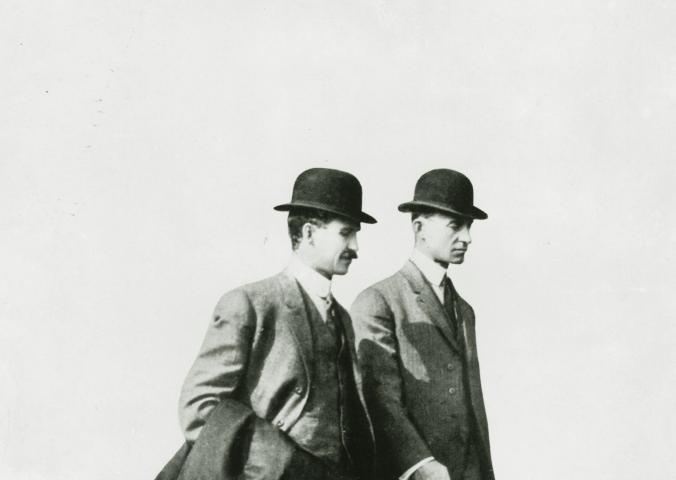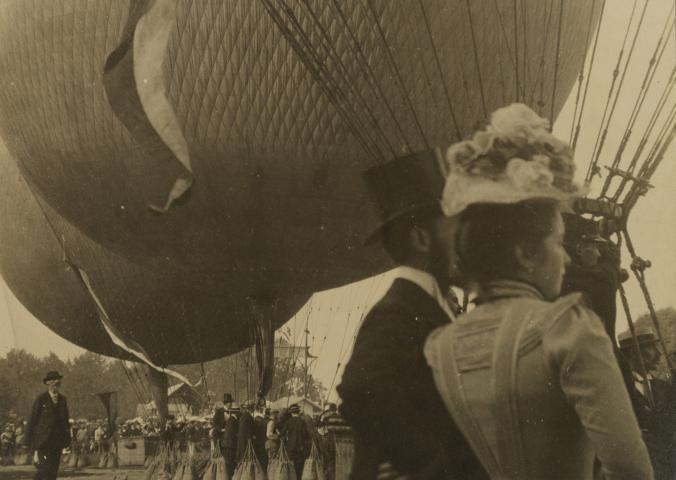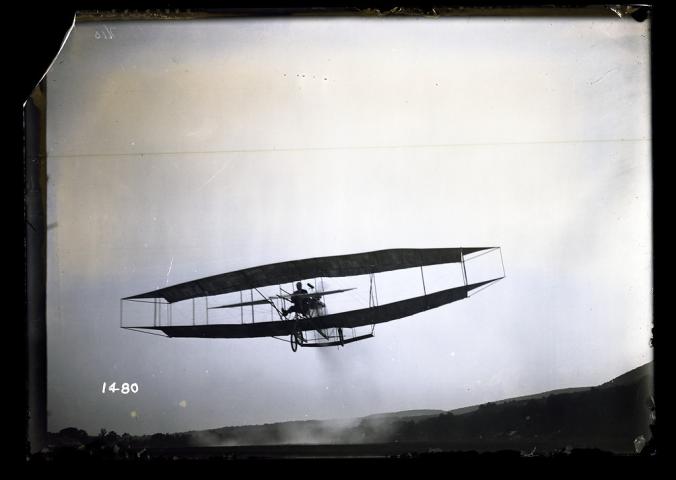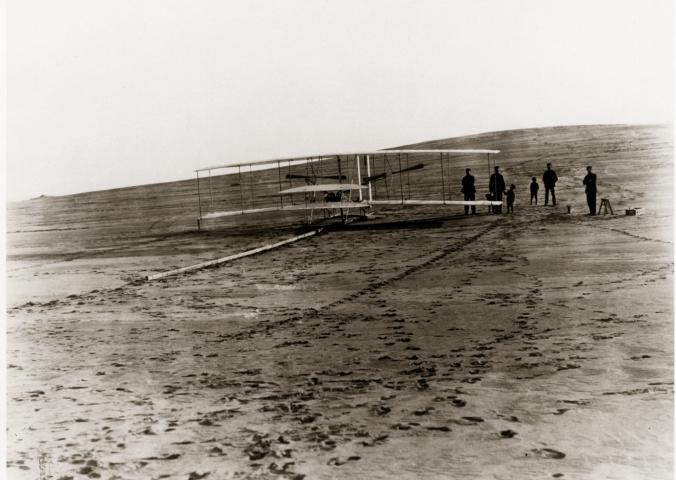





Between the first flights of the Wright brothers in 1903 and the outbreak of World War I in 1914, the airplane grew from an ancient dream into a reality that would shape the future of humanity.
Jump to content:
Packet of experiments and other interactive activities to expand topics connected to Bessie Coleman and early flight. These activities connect to common core and Next Generation Science standards.
A mix of activities from experiments to writing activities. Expand learning on concepts connected to the Wright Brothers and Early Flight. These activities connect to standards of learning.
Materials that comprise of experiments, crafts, and activities created to help expand the topics connected to Amelia Earhart and early flight. These materials are connected to Learning Standards.
This story is about the incredible flying circuses in the pioneering days of flight.
This story is about the pioneering pilot Bessie Coleman, with sketches by museum educator Diane Kidd.
Join STEM in 30 as we investigate the principals of flight and how the Wright Flyer made it into the air and into the history books.